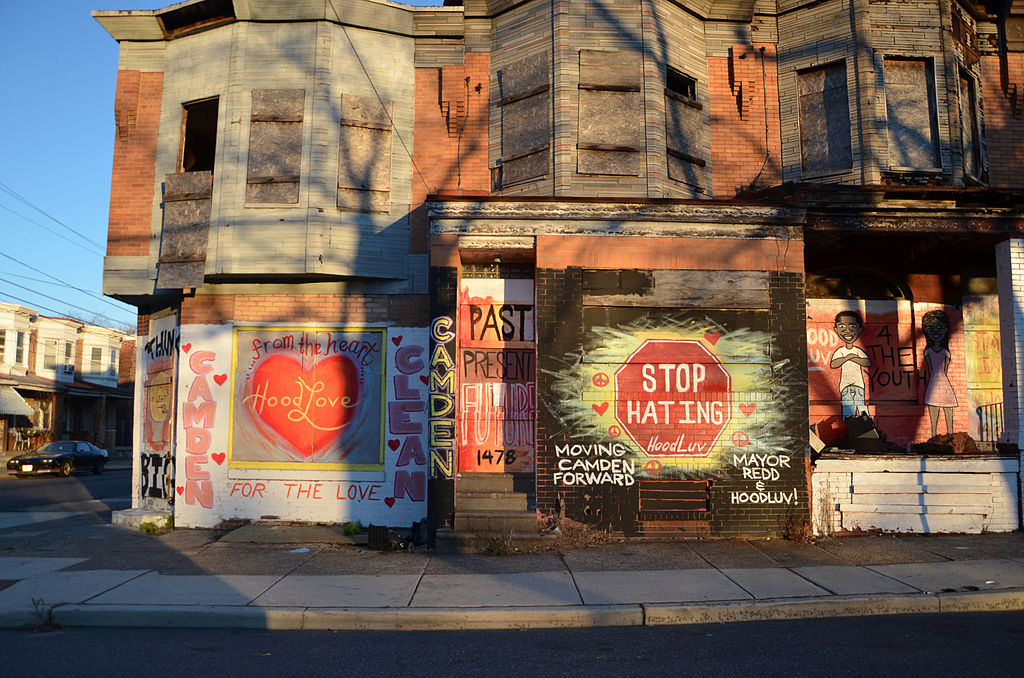A major federal grant program is awarding a majority of this year’s funds to projects that will benefit people who walk, roll, and take transit — and a staggering 70 percent of the money will go to communities of color and low-income neighborhoods.
As part of the signature Rebuilding American Infrastructure with Sustainability and Equity (shorthanded as RAISE) program, the federal Department of Transportation will award $2.2 billion to 162 projects, with more than two-thirds of that money going to Areas of Persistent Poverty or a Historically Disadvantaged Communities.
“This is a record amount,” said Assistant Secretary of Transportation for Transportation Policy Christopher Coes, who noted that last year, just 50 percent of RAISE funds went to underserved groups.
A few more transit projects funded by RAISE:
—$25m for trolley modernization in SW Philly
—$25m for Memphis Crosstown BRT
—$18m for Austin Red Line double tracksRAISE this year also funds many, many, many ped & bike trail projects—plus many projects on tribal land.
— Yonah Freemark (@yfreemark) June 28, 2023
For advocates, this year’s grant list also represents a continuation of the Biden Administration’s shift away from projects that solely benefit drivers to those that will encourage the use of active and shared modes.
Under President Trump in 2019, for instance, the RAISE program — then known as BUILD — devoted zero dollars to dedicated bicyclist or pedestrian projects, and heavily favored rural states that Trump won in the previous election. This year, active modes snagged about $558 million in capital and planning grants, or about 25 percent in total funding, plus a good share of the $1.1 billion earmarked for roadway projects, 69 percent of which will fund “complete streets” initiatives.
Transit projects also scored about $354.6 million, or about 16 percent of the total.
“For years we have documented exponential growth in demand for safe, connected active transportation systems across the country,” said Kevin Mills, vice president of policy for the Rails-to-Trails Conservancy. “With this round of RAISE grants, U.S. DOT has acknowledged that this infrastructure is fundamental to the mobility, health and well-being of people, places and the planet, and that connectivity is what makes the difference.”
We’re thrilled to share @CityofAtlanta @andreforatlanta have received $25 million RAISE grant from @USDOT to build 2.2 miles of #AtlantaBeltLine Northeast & connector trails that connect to @MARTAtransit at Lindbergh Center. Thank you @SenOssoff @ReverendWarnock @NikemaWilliams pic.twitter.com/QfFHJip7Is
— Atlanta BeltLine (@AtlantaBeltLine) June 27, 2023
As transportation officials celebrated the new grantees, they also acknowledged that the demand for help from the program outweighs the available money.
“As much as we have accomplished, we are still in many ways at the outset of this effort in this infrastructure decade,” said Transportation Secretary Pete Buttigieg.
This year alone, Buttigieg says DOT received $15 billion in requests for funds, and the number of applications was even more than last year. He added that the agency will work with those applicants that didn’t make the cut to create stronger applications bolstered by detailed analysis to make the applications stronger for the next round.
Congrats to @DDOTDC for winning a @USDOT FY23 RAISE grant award of $20 million for the Wheeler Road SE Safety Project! @trayonwhite @charlesallen https://t.co/yZB8t8ZmlQ pic.twitter.com/reN10vuiny
— Zach Israel (@ZachBIsrael) June 28, 2023
Significant projects include:
- $24 million to build a Downtown Center in New Orleans for the city’s bus and streetcar network and a focus on improving dangerous roads with a history of pedestrian related crashes.
- $23.7 million to create 13 miles of new active transportation infrastructure, consisting of 10-foot multi-use trails and 10-foot side paths in the city of Russellville, Arkansas
- $5 million to Anaheim to construct five high-impact and high-visibility active transportation connections to the regional rail/bus transit center in Anaheim: add two non-motorized multi-modal bridges; and build an elevated “highline” trail, while also transforming an engineered riverbank to separate high-speed bicycle and pedestrian traffic
- $25 million gran to the Capital Trails Network to build up a trail network in Prince George’s and Montgomery counties in Maryland and Washington, D.C.;
- $19 million in grants to the LINK Trail in Camden County, N.J., which is a spine trail for the 850-mile Circuit Trails network in greater Philadelphia and southern New Jersey;
- $16.1 million for the Puget Sound to Pacific initiative to connect the Olympic Discovery Trail across Washington’s rural Olympic Peninsula.
Click here for a complete list of 2023 RAISE grant awardees.
The post This Year’s RAISE Grants Will Help Disadvantaged Communities appeared first on Streetsblog New York City.






